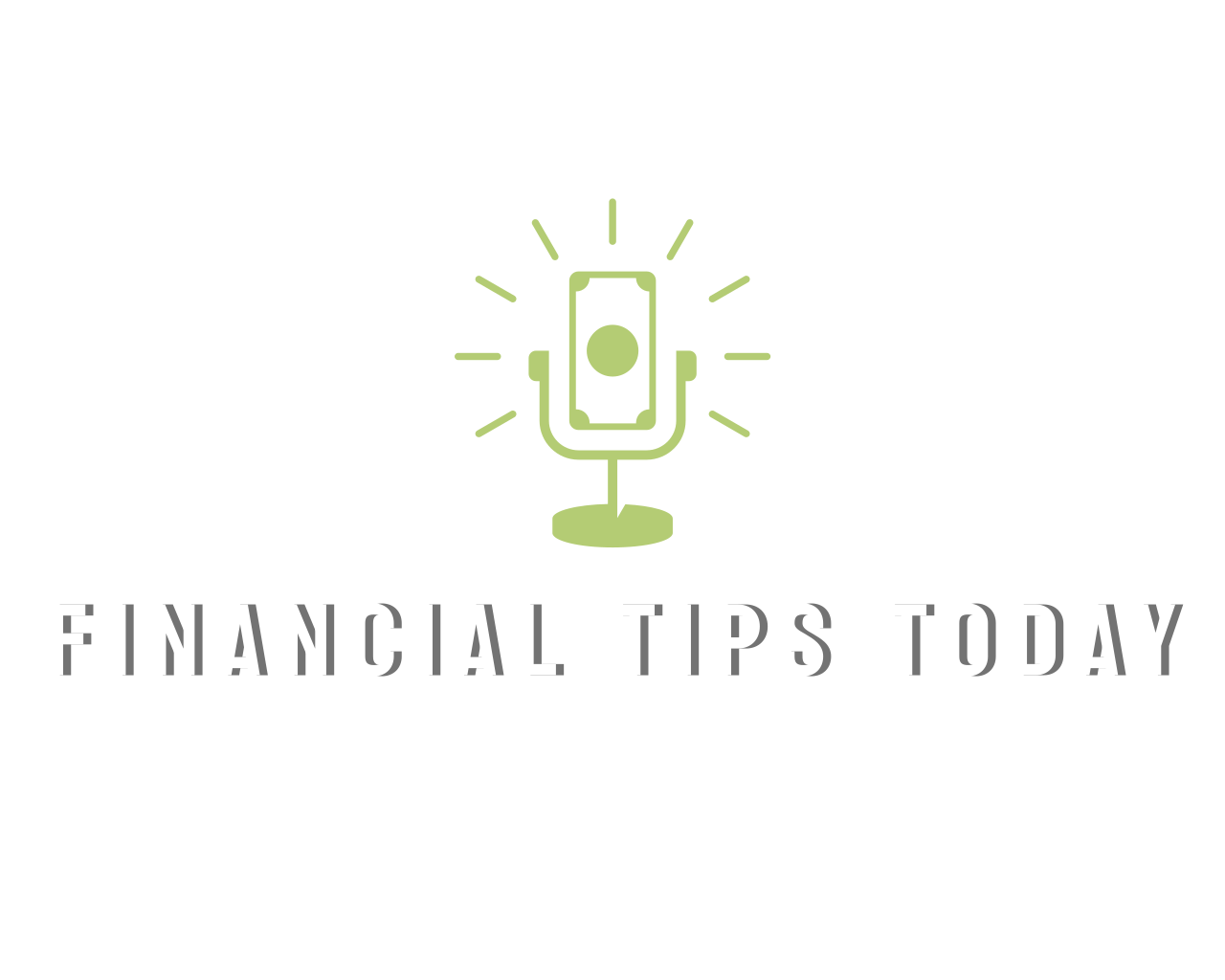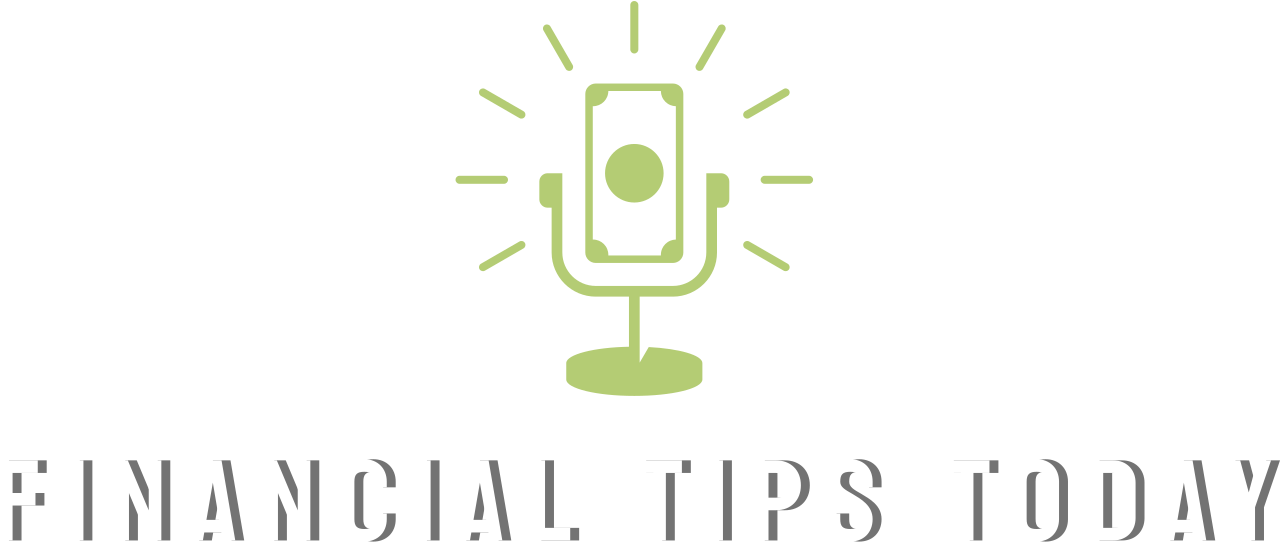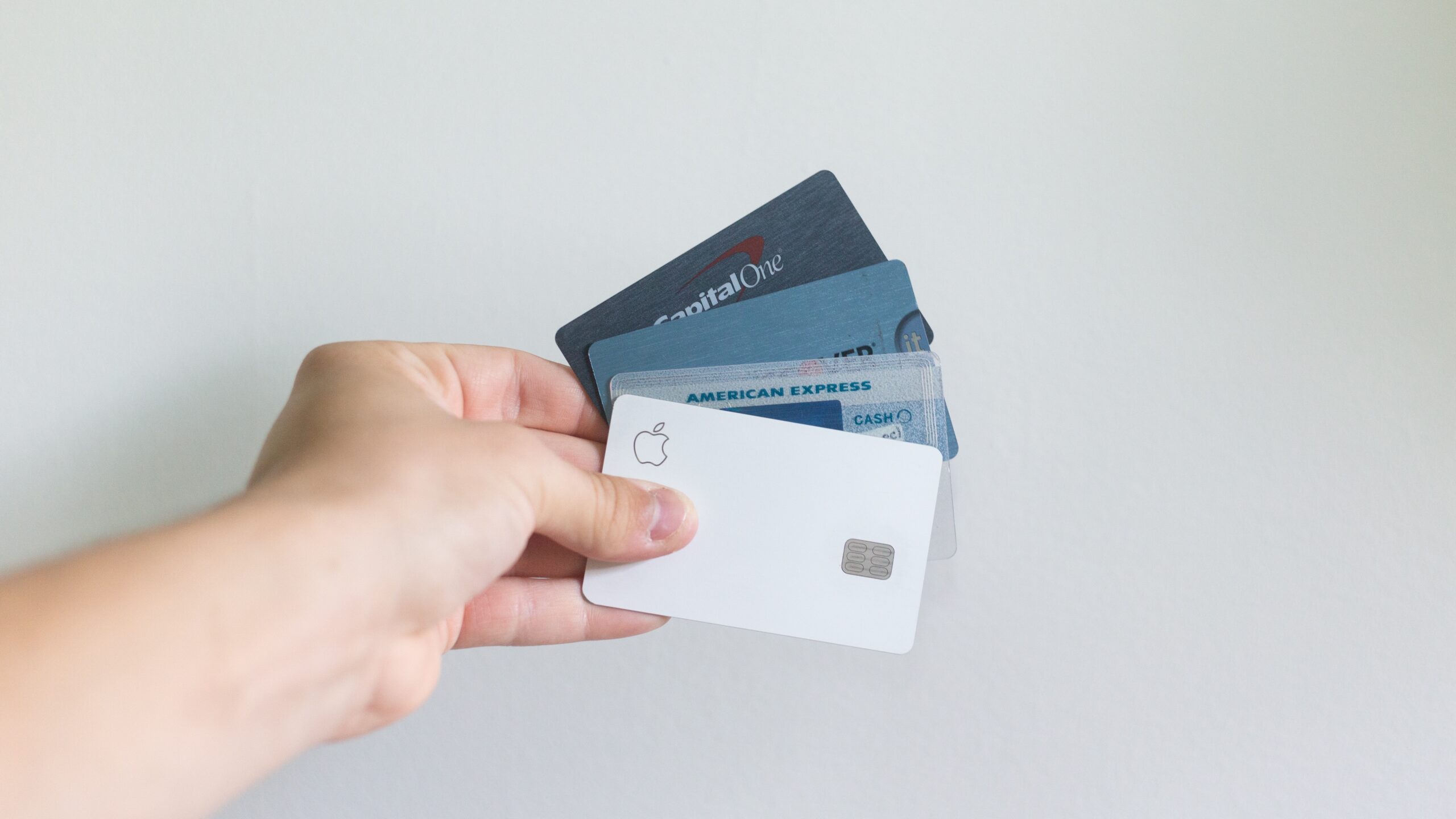Credit card debt is one of the most prevalent financial crises faced by many individuals. Carrying balances from month to month can quickly turn this debt into a catastrophe. The average American household with credit card debt carries a balance of around $7,000. While this may seem overwhelming, it is possible to pay off your debt with a well-developed plan and commitment. Negotiating with your creditors is one effective approach, but there are other strategies to consider. Here are the six best ways to become credit card debt-free.
- Evaluate Your Financial Situation Before creating a debt repayment strategy, it’s crucial to assess your overall financial situation. Make a list of all your debts, including credit card balances, and note the annual percentage rates (APRs) associated with each credit card loan. If you have multiple credit cards, identify the one with the highest interest rate and prioritize paying it off first. Alternatively, you can start by clearing the credit cards with the lowest balances for a sense of accomplishment. Additionally, compare your total debt to your income, taking into account monthly expenses such as rent, groceries, and other essential bills, as well as any income sources you have.
- Negotiate Interest Rates with Creditors A simple phone call can be an effective way to negotiate lower interest rates with your credit card issuer. If you have a credit score of 730 or above and a history of timely payments, there’s a good chance of obtaining a favorable response. By negotiating even a 1 or 2% reduction in interest, you can save hundreds of dollars over the course of a year.
- Develop a Payment Strategy Making timely payments is crucial to avoid penalties and increased interest. However, it’s equally important to create a strategy that helps you pay off your debt efficiently. Consider the following effective strategies:
- Pay more than the minimum: Credit card issuers typically require a minimum payment, usually around 2% to 3% of the total amount owed. Paying more than the minimum each month will reduce the amount of interest accrued.
- Debt snowball: This method involves paying off debts starting from the smallest balance and progressing to larger ones. Each accomplishment provides motivation to keep going, creating momentum in debt repayment.
- Debt avalanche: The debt avalanche approach is similar to the snowball method, but it prioritizes paying off debts with the highest interest rates first. This reduces overall interest payments and allows for faster and cheaper debt repayment.
- Automate payments: Automating your payments ensures that you don’t miss any due dates and helps you stay on track. However, if you’re using the debt snowball or debt avalanche method, you’ll need to manually adjust the payments to align with your strategy.
- Reduce expenses: Review your monthly expenses and identify areas where you can cut back. Small changes, such as brewing coffee at home instead of buying it, can add up over time. Analyze your credit card statements to identify unnecessary expenses and allocate those savings toward your debt.
- Use Cash for Purchases When struggling with credit card debt, it’s a good idea to pay for your purchases with cash. This ensures that you only spend what you have and avoids the temptation of impulse buying or exceeding your budget.
- Take Advantage of Windfalls If you receive any bonuses, raises, or unexpected windfalls, use that extra money to pay down your debt. Letting these financial boosts contribute to your loan repayment will help you achieve your goals faster.
- Consolidate Your Debts Consolidating your debts involves combining all your loans into one. This approach allows for faster debt repayment and can help you avoid additional penalties and interest. Consider two effective methods:
- Balance transfers: Look for low or zero-interest balance transfer offers to pay off high-interest credit card debts. While there may be balance transfer fees (typically 3% to 5%), the interest savings can outweigh the cost.
- Tap into home equity: If you own a home, you can use your home equity to pay off credit card debt. Home equity loans often have lower interest rates, potentially saving you money over the long term. Additionally, interest paid on home equity loans is often tax-deductible.
When consolidating your credit card debts, it’s important to be mindful of your spending habits. Without control, you may find yourself accumulating new debt, which can quickly become a financial mistake.
Bonus Tip: Create a Budget Lack of budgeting is often a root cause of credit card debt. By creating a budget and tracking your expenses, you can allocate as much as possible toward debt repayment. Numerous budgeting apps are available online to help you manage your money wisely. Stick to your budget and review your spending habits annually. Always set aside savings for emergencies, as unexpected expenses can quickly lead to more debt.
Ultimately, maintaining a healthy financial lifestyle is crucial after paying off your credit card debt. Stick to your goals, establish a retirement fund or savings plan, and aim to become a homeowner. Clear goals and careful money management will help you avoid future debt and achieve financial freedom.





 GOOGL
GOOGL  META
META
Leave a Comment